
The Kellogg–Briand Pact or Pact of Paris – officially the General Treaty for Renunciation of War as an Instrument of National Policy – is a 1928 international agreement on peace in which signatory states promised not to use war to resolve "disputes or conflicts of whatever nature or of whatever origin they may be, which may arise among them". The pact was signed by Germany, France, and the United States on 27 August 1928, and by most other states soon after. Sponsored by France and the U.S., the Pact is named after its authors, United States Secretary of State Frank B. Kellogg and French foreign minister Aristide Briand. The pact was concluded outside the League of Nations and remains in effect.

Disarmament is the act of reducing, limiting, or abolishing weapons. Disarmament generally refers to a country's military or specific type of weaponry. Disarmament is often taken to mean total elimination of weapons of mass destruction, such as nuclear arms. General and Complete Disarmament was defined by the United Nations General Assembly as the elimination of all WMD, coupled with the “balanced reduction of armed forces and conventional armaments, based on the principle of undiminished security of the parties with a view to promoting or enhancing stability at a lower military level, taking into account the need of all States to protect their security.”

The Treaty of Shimonoseki, also known as the Treaty of Maguan in China or the Treaty of Bakan in Japan, was signed at the Shunpanrō hotel in Shimonoseki, Japan, on April 17, 1895, between the Empire of Japan and Qing China. It was an unequal treaty and ended the First Sino-Japanese War, in which Chinese land and naval forces were decisively defeated by the Japanese. The treaty was signed by Count Ito Hirobumi and Viscount Mutsu Munemitsu for Japan and Li Hongzhang and his son Li Jingfang on behalf of China.

The Treaty of San Francisco, also called the Treaty of Peace with Japan, re-established peaceful relations between Japan and the Allied Powers on behalf of the United Nations by ending the legal state of war, military occupation and providing for redress for hostile actions up to and including World War II. It was signed by 49 nations on 8 September 1951, in San Francisco, California, at the War Memorial Opera House. Italy and China were not invited, the latter due to disagreements on whether the Republic of China or the People's Republic of China represented the Chinese people. Korea was also not invited due to a similar disagreement on whether South Korea or North Korea represented the Korean people.

The Locarno Treaties were seven post-World War I agreements negotiated amongst Germany, France, Great Britain, Belgium, Italy, Poland and Czechoslovakia in late 1925. In the main treaty, the five western European nations pledged to guarantee the inviolability of the borders between Germany and France and Germany and Belgium as defined in the Treaty of Versailles. They also promised to observe the demilitarized zone of the German Rhineland and to resolve differences peacefully under the auspices of the League of Nations. In the additional arbitration treaties with Poland and Czechoslovakia, Germany agreed to the peaceful settlement of disputes, but there was notably no guarantee of its eastern border, leaving the path open for Germany to attempt to revise the Versailles Treaty and regain territory it had lost in the east under its terms.
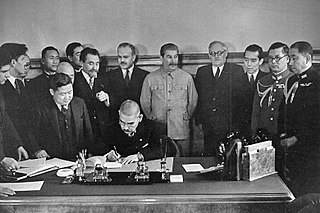
The Soviet–Japanese Neutrality Pact, also known as the Japanese–Soviet Non-aggression Pact, was a non-aggression pact between the Soviet Union and the Empire of Japan signed on April 13, 1941, two years after the conclusion of the Soviet-Japanese Border War. The agreement meant that for most of World War II, the two nations fought against each other's allies but not against each other. In 1945, late in the war, the Soviets scrapped the pact and joined the Allied campaign against Japan.
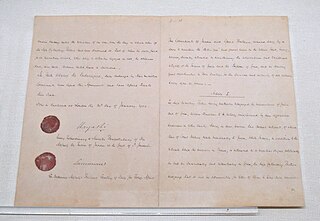
The Anglo-Japanese Alliance was an alliance between the United Kingdom and the Empire of Japan which was effective from 1902 to 1923. The treaty creating the alliance was signed at Lansdowne House in London on 30 January 1902 by British foreign secretary Lord Lansdowne and Japanese diplomat Hayashi Tadasu. The alliance was the first-ever military pact concluded on equal terms between a Western and non-Western nation.

Koo Vi Kyuin, better known as V. K. Wellington Koo, was a Chinese diplomat and politician of the Republic of China.
The unequal treaties were a series of agreements made between Asian countries—most notably Qing China, Tokugawa Japan and Joseon Korea—and Western countries—most notably the United Kingdom, France, Germany, Austria-Hungary, Italy, the United States and Russia—during the 19th and early 20th centuries. They were often signed following a military defeat suffered by the Asian party, or amid military threats made by the Western party. The terms specified obligations to be borne almost exclusively by the Asian party and included provisions such as the cession of territory, payment of reparations, opening of treaty ports, relinquishment of the right to control tariffs and imports, and granting of extraterritoriality to foreign citizens.
This article is concerned with the events that preceded World War II in Asia.
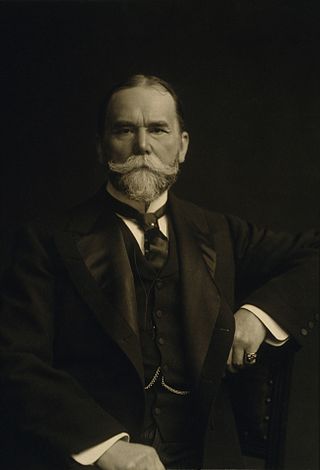
The Nine-Power Treaty or Nine-Power Agreement was a 1922 treaty affirming the sovereignty and territorial integrity of the Republic of China as per the Open Door Policy. The Nine-Power Treaty was signed on 6 February 1922 by all of the attendees to the Washington Naval Conference: Belgium, China, France, the United Kingdom, Italy, Japan, the Netherlands, Portugal, and the United States.

Foreign concessions in China were a group of concessions that existed during late Imperial China and the Republic of China, which were governed and occupied by foreign powers, and are frequently associated with colonialism and imperialism.
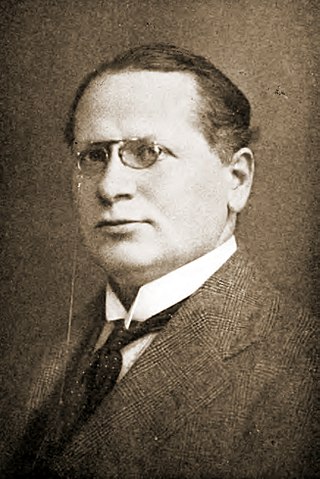
The Litvinov Protocol is the common name of an international peace treaty concluded in Moscow on February 9, 1929. Named after the chief Soviet diplomat moving the negotiations forward, Maxim Litvinov, the treaty provided for immediate implementation of the Kellogg-Briand Pact by its signatories, thereby formally renouncing war as a part of national foreign policy.
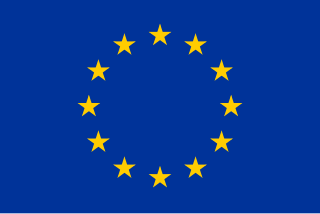
The London and Paris Conferences were two related conferences held in London and Paris during September–October 1954 to determine the status of West Germany. The talks concluded with the signing of the Paris Agreements, which granted West Germany some sovereignty, ended the occupation, and allowed its admittance to NATO. Furthermore, both West Germany and Italy joined the Brussels Treaty on 23 October 1954. The Agreements went into force on 5 May 1955. The participating powers included France, the United Kingdom, Belgium, the Netherlands, Luxembourg, West Germany, Italy, Canada, the United States, and remaining NATO members.

A treaty battleship was a battleship built in the 1920s or 1930s under the terms of one of a number of international treaties governing warship construction. Many of these ships played an active role in the Second World War, but few survived long after it.
The Trautmann Mediation was an attempt by the German Ambassador to China, Oskar Trautmann, to broker a peace between Japanese Prime Minister Fumimaro Konoe and Chiang Kai-shek of the Chinese Nationalist government shortly after the Second Sino-Japanese War began. The mediation began in November 1937 and ended on January 16, 1938, with Konoe announcing its termination.
A peace congress, in international relations, has at times been defined in a way that would distinguish it from a peace conference, as an ambitious forum to carry out dispute resolution in international affairs, and prevent wars. This idea was widely promoted during the nineteenth century, anticipating the international bodies that would be set up in the twentieth century with comparable aims.

Pacifism has manifested in the United States in a variety of forms, and in myriad contexts. In general, it exists in contrast to an acceptance of the necessity of war for national defense.
International relations (1919–1939) covers the main interactions shaping world history in this era, known as the interwar period, with emphasis on diplomacy and economic relations. The coverage here follows the diplomatic history of World War I and precedes the diplomatic history of World War II. The important stages of interwar diplomacy and international relations included resolutions of wartime issues, such as reparations owed by Germany and boundaries; American involvement in European finances and disarmament projects; the expectations and failures of the League of Nations; the relationships of the new countries to the old; the distrustful relations between the Soviet Union and the capitalist world; peace and disarmament efforts; responses to the Great Depression starting in 1929; the collapse of world trade; the collapse of democratic regimes one by one; the growth of economic autarky; Japanese aggressiveness toward China; fascist diplomacy, including the aggressive moves by Fascist Italy and Nazi Germany; the Spanish Civil War; the appeasement of Germany's expansionist moves toward the Rhineland, Austria, and Czechoslovakia, and the last, desperate stages of rearmament as another world war increasingly loomed.

The history of U.S. foreign policy from 1913–1933 covers the foreign policy of the United States during World War I and much of the Interwar period. The administrations of Presidents Woodrow Wilson, Warren G. Harding, Calvin Coolidge, and Herbert Hoover successively handled U.S. foreign policy during this period.















